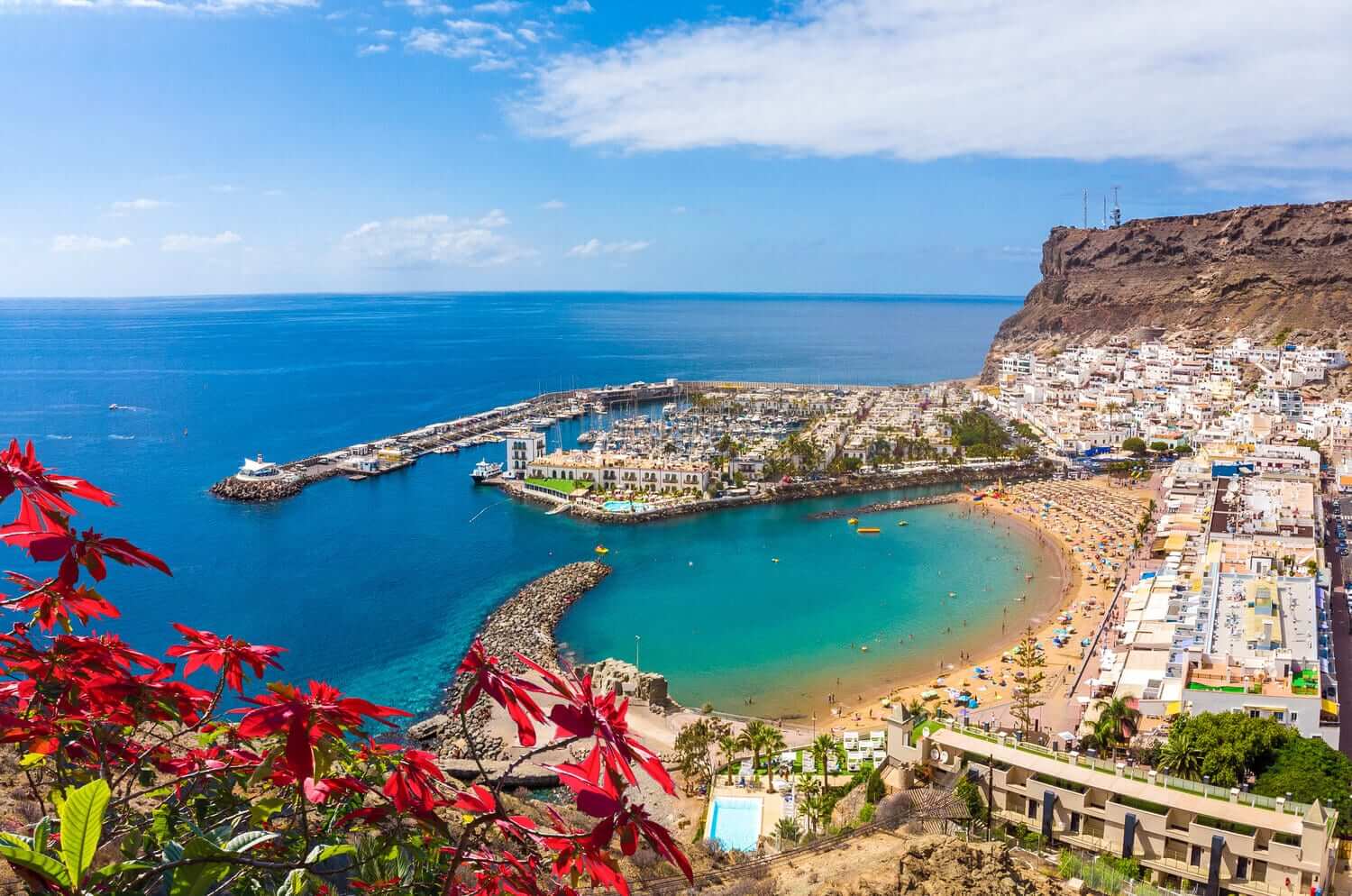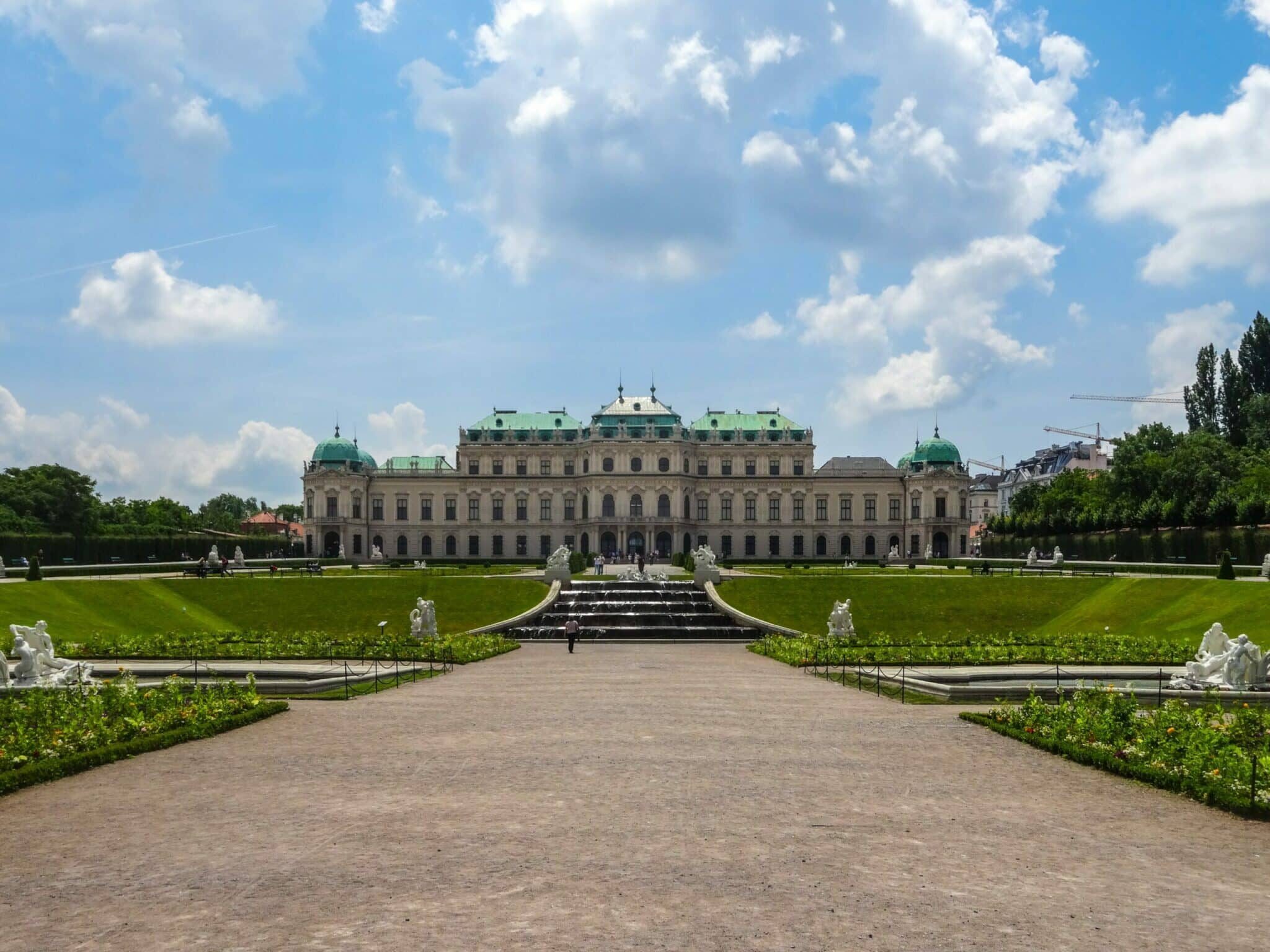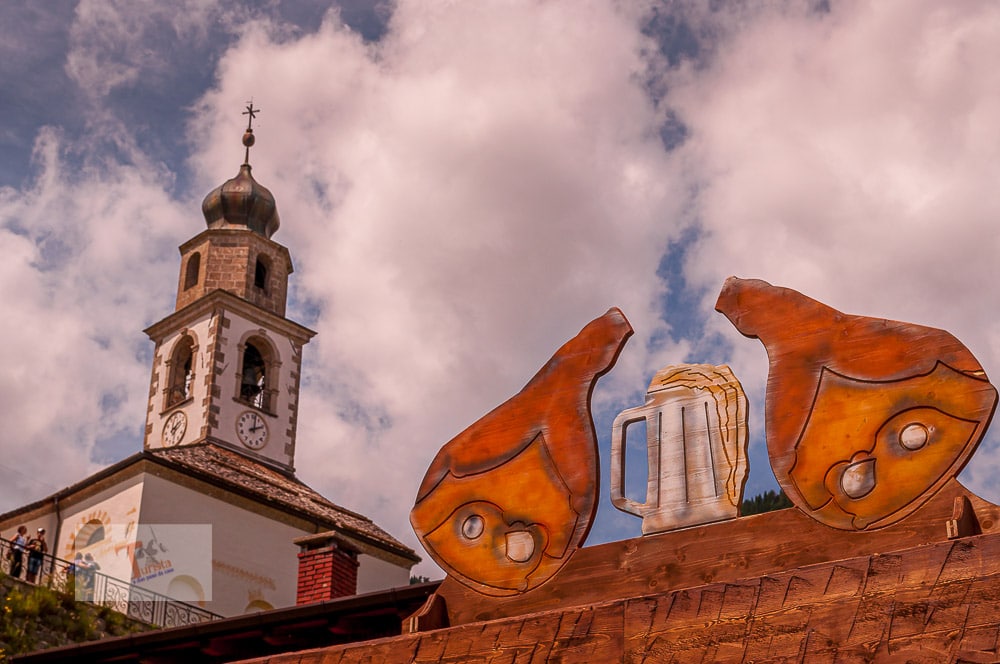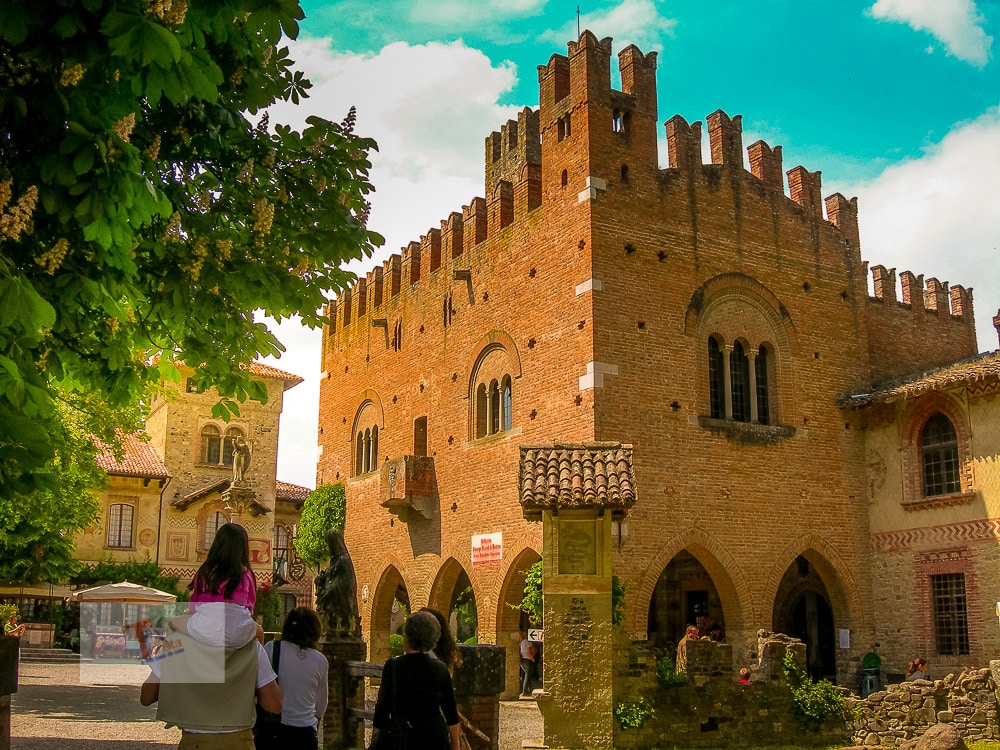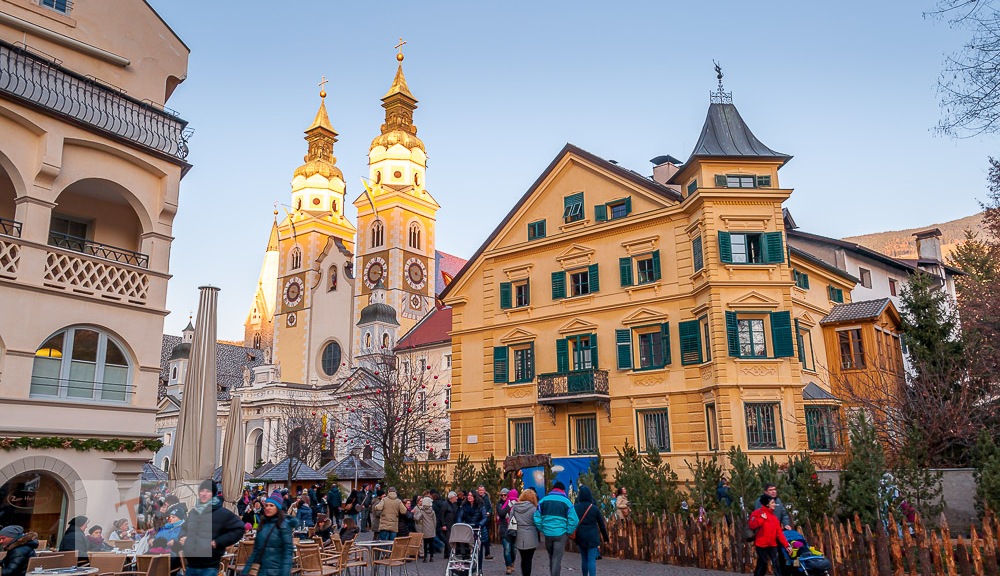Let’s go to the discovery of the Capo Caccia caves in Sardinia in the panoramic Marine Protected Area
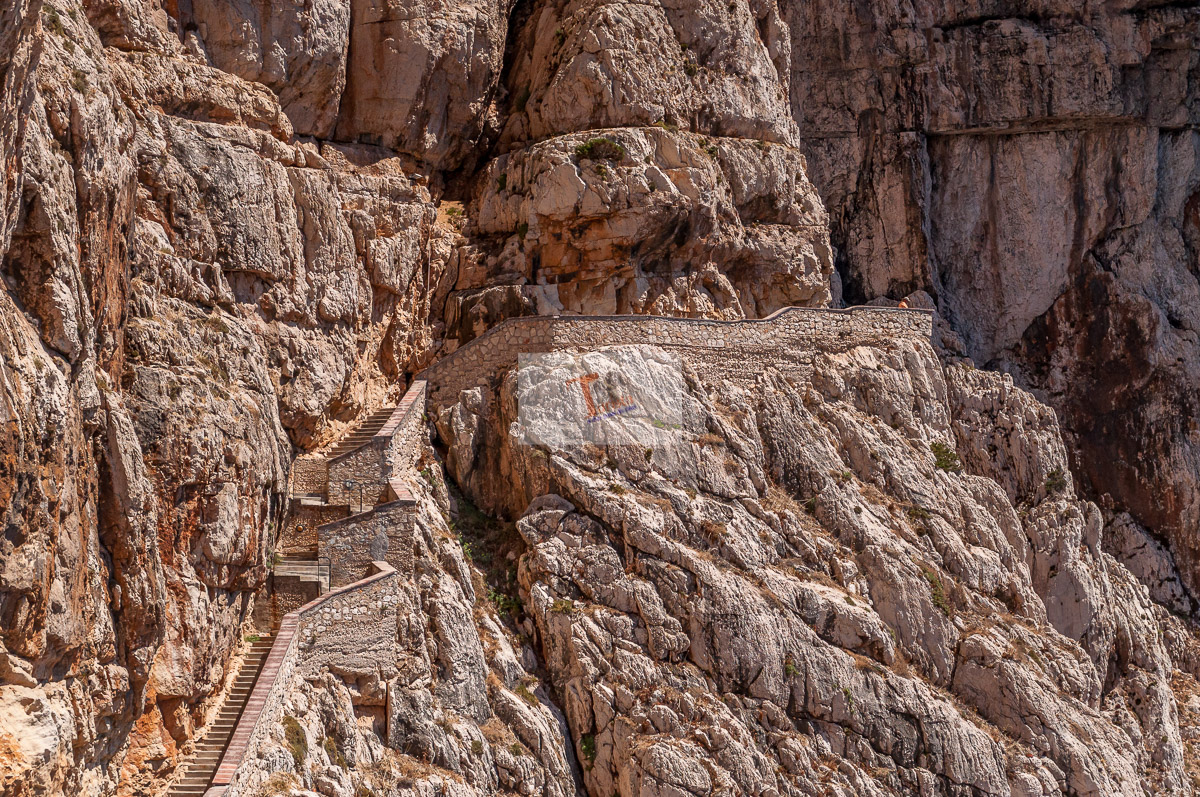
Located twenty kilometers from the center of Alghero, Capo Caccia is a huge promontory overlooking the sea. We are at the most extreme point of the north-western coast of Sardinia, exactly in the Marine Protected Area of Capo Caccia – Isola Piana.
This rock owes its name to the fact that here the nineteenth-century nobility came to hunt pigeons during the calm period. We are also in a panoramic point of the island, in fact from the top of the promontory you can see the Gulf of Alghero and the nearby island of Foradada.
A place with overhanging walls, here land and sea blend in a single shade of blue, and the colors are embellished by the presence of wild fauna. If you are lucky you can admire the Bonelli’s eagle, or the peregrine falcon but also gulls, from the royal to the Corsican one, then petrels and swifts.
The caves
The marine area of Capo Caccia has limestone rocks in which caves and ravines have formed and includes the inlet of Porto Conte and the stretch of sea between Punta del Giglio and Capo Caccia. An underground treasure that can be reached both by sea and by land. Beyond the bay of Mugoni, the area has several promontories shaped by karst phenomena, while the eastern side offers the Green Cave.
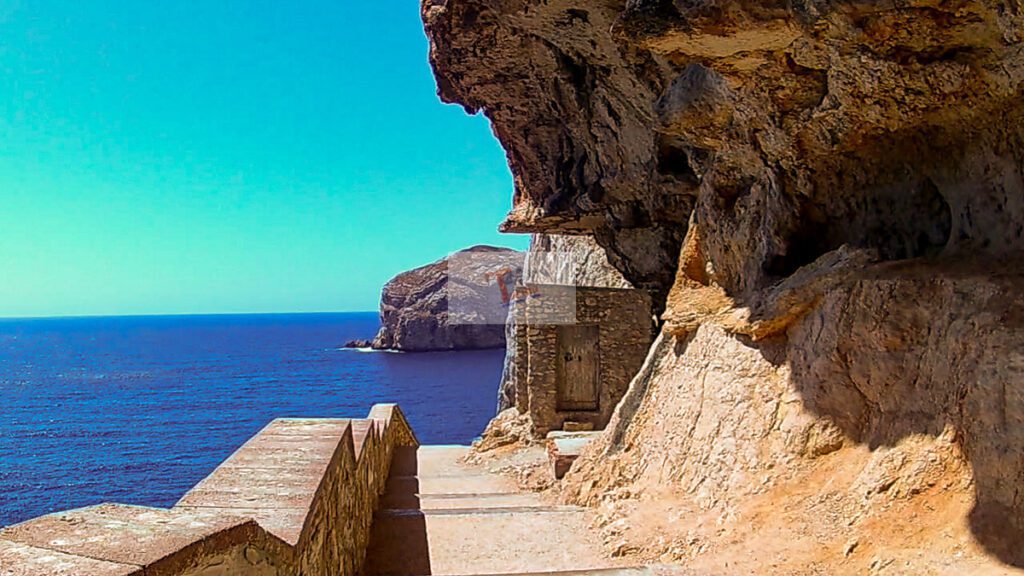
Green Cave
This cave is closed to the public but can only be explored with a special permit. The green cave owes its name to the mosses and lichens that formed on the rocks, but it also bears witness to human presence in prehistoric times. According to scholars, this was the burial point of the dead 7,000 years ago.
Neptune’s Caves
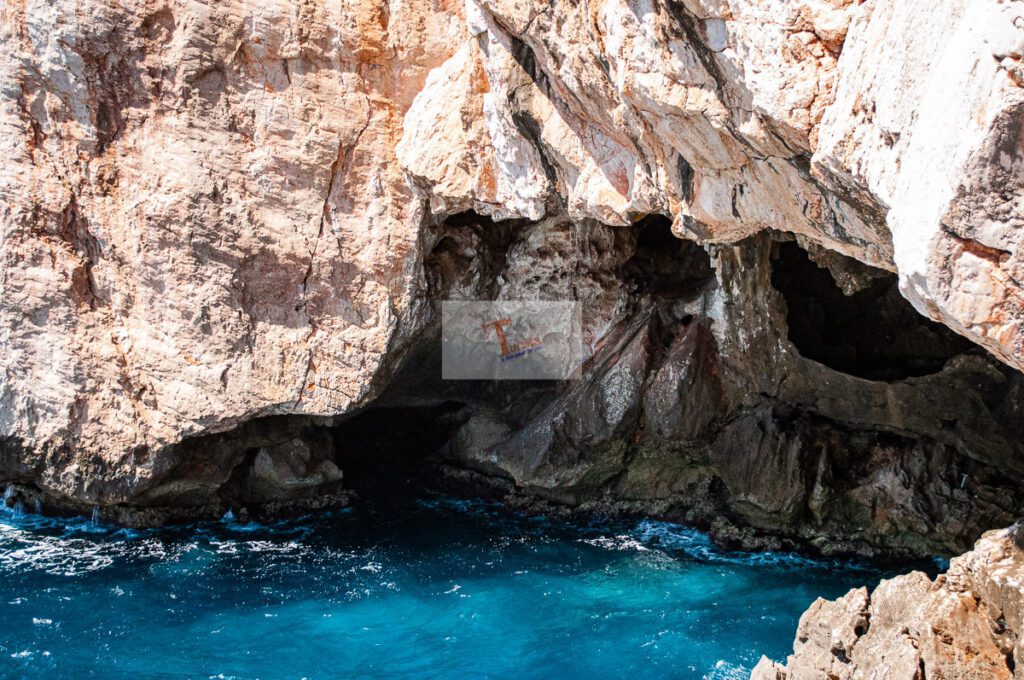
Reachable by sea or by land by a long staircase carved into the cliff: the “Escala del Cabirol” which starts from the square of Capo Caccia and reaches the sea, with a difference in height of 110 meters, allows us to visit or rather, the spectacular Caves of Neptune are a real geological wonder. About fifteen underground tunnels were formed both on the surface and below sea level and which are formed by suggestive environments embellished by the presence of stalactites and stalagmites.
The path of the Neptune’s Caves
The itinerary starts from the Sala del Lago Lamarmora, one of the largest salt lakes in Europe, where there is the monumental Acquasantiera, the stalagmite about two meters high. We continue in the Sala delle Rovine and in the Reggia, where imposing natural colonnades are displayed, including the Christmas tree. At the end of the lake, there is the Spiaggia dei Ciottolini. The tour continues in the Smith Room to admire the majestic column called the Great Organ, the largest column in the entire cave. Then continue towards the Sala delle Trine e dei Merletti and finally here is the Tribuna della Musica, which is the suggestive balcony from which to admire the area of the Reggia and Lake Lamarmora in all its beauty.
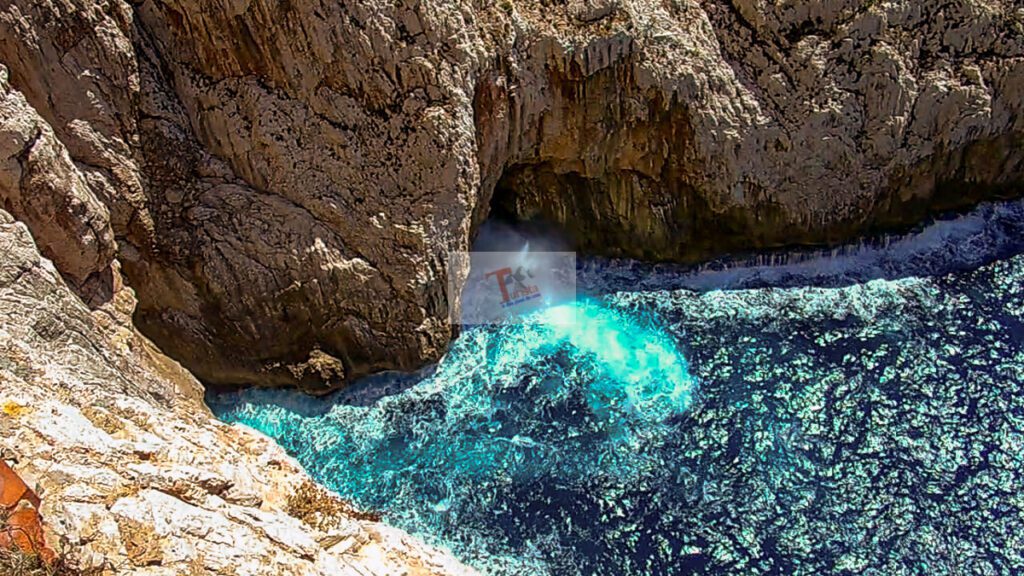
Nereo’s cave
Lovers of scuba diving can visit the Nereo cave, with its series of tunnels where coral grows, whose ramifications can already be seen at about 5-6 meters deep.
Punta Cristallo
After Capo Caccia, going towards the north, you arrive at Punta Cristallo, the place where you can observe the peregrine falcon and the griffon vulture.
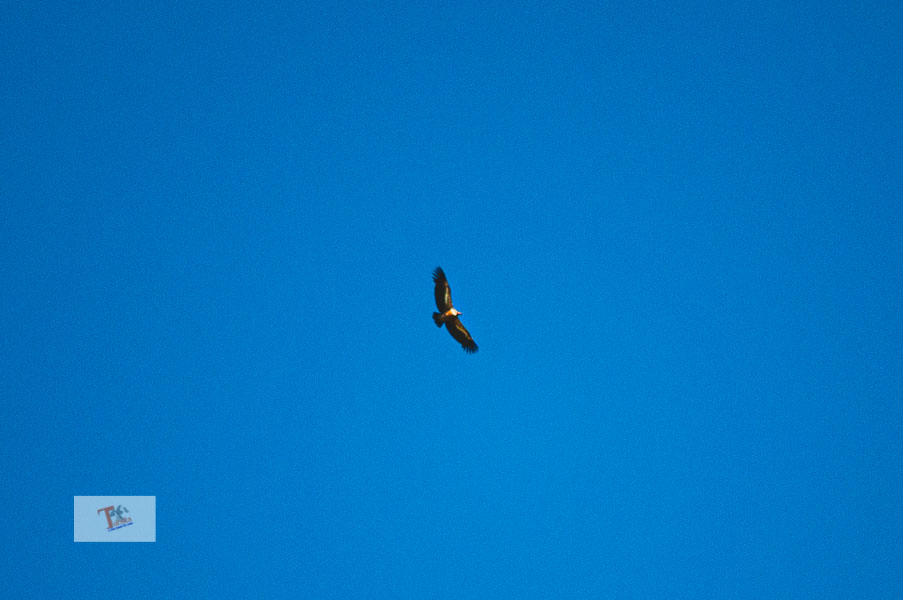
How do I get to Capo Caccia?
From Alghero you arrive at Capo Caccia following the coast road to Fertilia, then continue to the bay of Porto Conte, and after the crossroads, on the left, you reach the square where parking is allowed.


